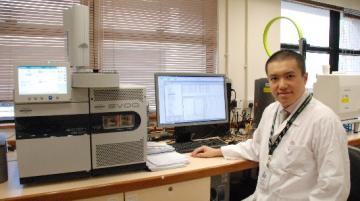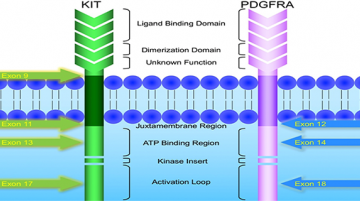Drowning: A Rational Approach to its Diagnosis
Volume 15, Issue 2, July 2020 (download full article in pdf)
Editorial note:
Drowning often presents in various scenarios depending on the circumstances. This Topical Update provides a proper approach to the diagnosis. We welcome any feedback or suggestions. Please direct them to Dr. FOO Ka-chung of Education Committee, the Hong Kong College of Pathologists. Opinions expressed are those of the authors or named individuals, and are not necessarily those of the Hong Kong College of Pathologists.
Dr. FOO Ka-chung
Specialty Coordinator (Forensic Pathology), Education Committee
The Hong Kong College of...


